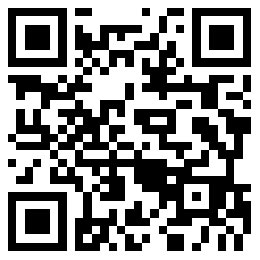The naked stimulus: Why savings stimulate more than spending
Cash balances, or accounting entries?
????Now, it's a different world. Only tiny amounts of cash generated from selling cars, say, or collecting interest, sits idle. While households have virtually no funds outside the banking system, the banks themselves are holding lots of idle money, or rather, potential money. Those funds have nothing to do with what constitutes GDP, the production of goods and services. They are an accounting entry generated by the Federal Reserve to increase the money supply. Banks keep that money on deposit with the Fed, and only draw it down––in other words, translate it into real money––when demand for loans increases.
????Right now, demand for credit is so weak that a gigantic $1 trillion in excess reserves are now on deposit at the Fed. "The Fed is simply giving the system the oil it needs to run smoothly," says J.D. Foster of the conservative Heritage Foundation and a former George W. Bush budget official. "That money doesn't provide any horsepower to the economy." As Foster points out, those reserves are so oversized that while they're unlikely to generate more growth, they can produce high levels of inflation.
????So what is the real result of Obama's "stimulus?" The plan has surely shifted money from savings to consumption, although the amounts are impossible to determine. For example, the Making Work Pay program last year gave $800 in cash to middle-class families. It's probable that they spent more of that money than the folks who bought the bonds, who typically have higher incomes, would have spent. The grants to the states to maintain government jobs made those workers feel more comfortable about their futures, and doubtless gave them the money and confidence to spend more of their incomes. The government also spent tens of billions directly on goods and services.
????So what would have happened if we'd had no stimulus at all? By economic law, all of the money that was borrowed and redirected to consumption would have gone somewhere else. Two other components of GDP would have to be larger to offset the almost $900 billion in spending and borrowing. First, private investment would be higher, because of the bigger pool of savings, a great sign for the future. "It's big increases in private investment that always drive a recovery," says Cochrane.
????Second, the U.S. wouldn't have to borrow nearly as much from abroad. As a result, the dollar would be lower versus other currencies, reflecting its true value. Hence, imports would be more expensive, and our exports far more competitive on the world markets. The rise in exports would help offset the hit to GDP caused by lower consumer spending. Bigger investment and exports on a tear? That's certainly a good alternative to the results of the stimulus.
????To be fair, GDP might not be any stronger than it is right now, and it certainly wouldn't be any worse, either. And our economic future would look at lot brighter.
-
熱讀文章
-
熱門視頻











